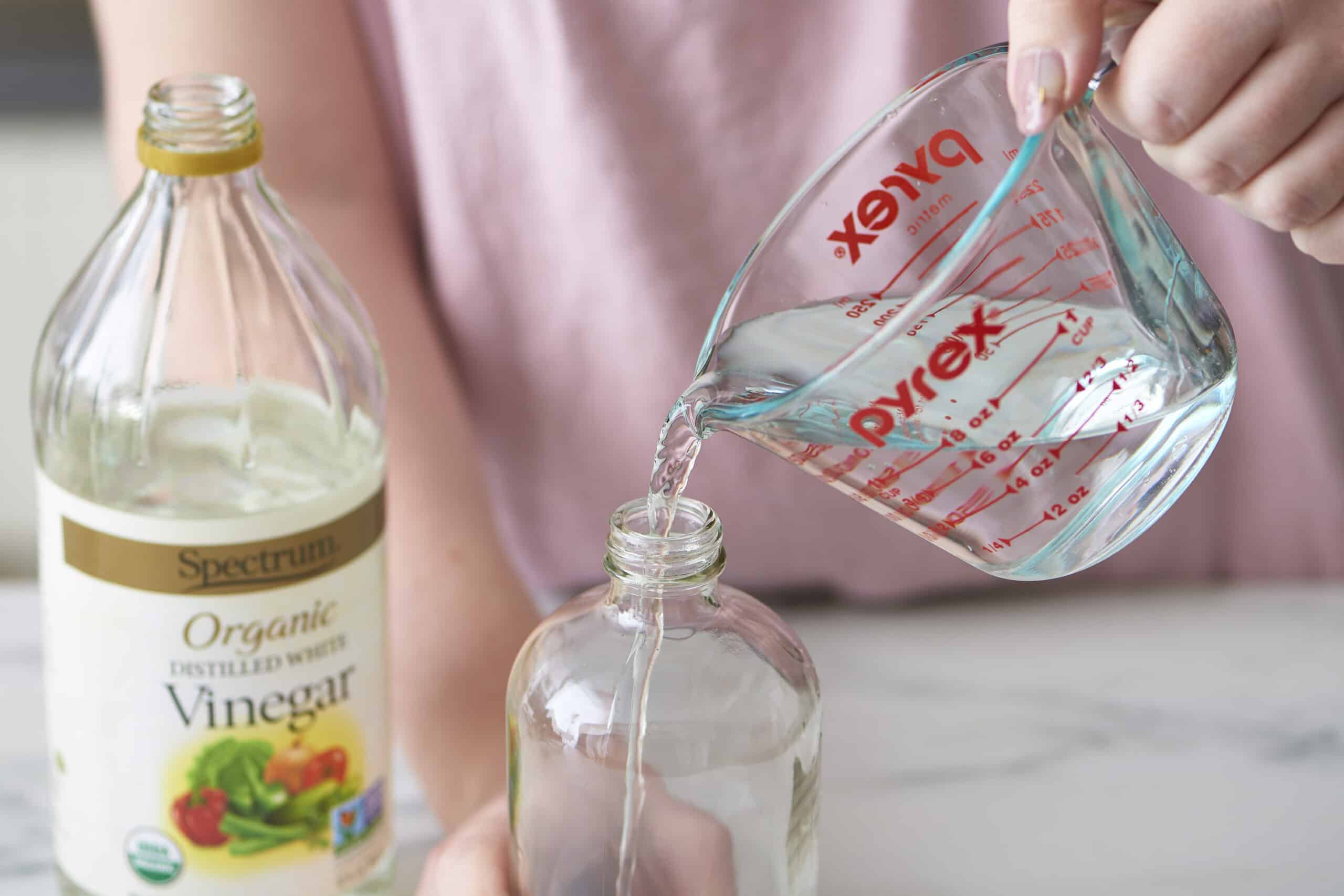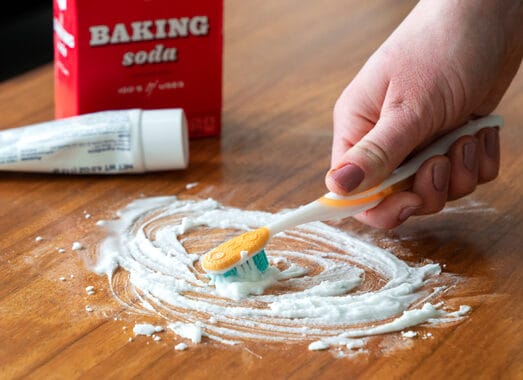Having pets is awesome in many different ways but there are the occasional drawbacks. Finding a black urine stain on your gorgeous wood floor cause your puppies just had to pee there is a prime example of that. Of course, a well-trained pet isn’t expected to do that, at least not often, but both puppies and kittens can have accidents when they are still young as do senior dogs and cats.
So, here is how to remove black urine stains from hardwood floors and return them to their original look before the pet urine stains in 8 quick steps.
How To Remove Black Urine Stains From Hardwood Floors?
The dark color of cat or dog urine stains is distressing enough but what’s also terrifying is the odor that doesn’t seem to go away once the urine is properly soaked into the wood. That’s why, whatever remedies you’re going to try, the single most important step is to do so as early as possible.
Unnecessarily postponing the stain removal by even a few extra minutes let alone hours will usually mean the difference between effortlessly dealing with the problem and having to refinish your floor. As many dog owners know, this is especially unfortunate when you have to leave your dog home alone throughout the day while you’re at work and your pooch makes a mess in the middle of the day.
Now that we emphasized the importance of speediness, here’s a step-by-step process to follow:
1. Blot away any liquid that hasn’t gotten into the floor yet
The first and most urgent thing to do would be to grab a big piece of clean cloth that has good absorption and throw it on the puddle. The more of the rine you manage to blot away before it’s managed to set into the wood, the easier the rest of the job is going to be.
If there is no puddle by the time you notice the accident, then either the incident was relatively small or it was a while ago and you’ll have to put some extra elbow grease into the next few steps.
2. Mix white vinegar with grapefruit oil and water

The first and usually best method to try is to mix white vinegar in a bucket full of warm water and grapefruit oil. The combination of vinegar and grapefruit oil is great at targeting both the color and the urine smell.
Even just white vinegar alone can do the trick in many cases as it’s both a disinfectant and a deodorant but adding a few drops of grapefruit oil will deal with the bad odor even more easily.
3. Scrub the black stains with the solution
Once you’ve got your mixture, it’s time to start scrubbing. The deeper into the wood the stain goes, the more scrubbing you’re going to have to do.
4. If the stain persists, soak it in hydrogen peroxide
An optional next step would be to try hydrogen peroxide if the stained area still smells even after the vinegar and the grapefruit oil. Hydrogen peroxide is basically wood bleach so you should only use it if you have to and if you’re certain the white vinegar won’t do the trick.
What you’d want to do with this bleaching agent is soak one or more rugs or a paper towel or two in it and then lay them over the affected area. Any type of absorbent cloth would do the trick, just make sure that you’re using rubber gloves for protection and there is enough air ventilation in the room while you’re doing that.
Once you’ve placed the drenched in hydrogen peroxide cloths over the residue area, leave them there for a few hours and that should take care of the problem. The only remaining issue is that the bleach will also likely lead to some discoloration in the wood, hence why this should be a last resort.
5. Soak up any remaining dampness with baking soda

Whether you’ve gone through #4 or you’ve skipped it, another thing to try next would be to put some baking soda over the treated spot. The benefit of this would be to soak up any remaining dampness from the whole area.
6. Consider using an enzymatic cleaner if the above doesn’t work (or instead)
Another optional step would be to look for a commercial cleaner if you don’t feel like using white vinegar. Enzyme cleaners are a good choice for a cleaning solution in this case. They will typically come in a spray bottle and you should follow their instructions to the letter as each is a bit different.
The problem here is that it’d take time to buy the product which is not great. So, it’s better to just use white vinegar as soon as possible unless you already have the enzyme cleaner on hand.
7. Air the place out for a couple of hours
Whichever product or mixture you choose to use, you will almost certainly want to air your home out for a few hours. This will allow both the product’s smell and the remaining urine odor to wanter away. Do beware that if you haven’t cleaned the floor properly, however, it won’t matter how long you keep the windows open – the floor will continue smelling like piss anyway.
8. Check if the floor needs refinishing due to discoloration from the hydrogen peroxide
If you haven’t skipped over #4, you will likely have to sand the floor a bit to deal with the discoloration that has followed the pet mess. Sandpaper can do the trick but you will also want to refinish the floor after that.
In conclusion
As frustrating as pet stains can be, they are also quite manageable most of the time. Unless you’ve allowed the dark stains to go stale for hours before treating them or you’ve had numerous pets use your hardwood floor as a litter box simultaneously, the issue should be relatively easy to deal with – just make sure that you’ve got the right tools on hand ahead of time and then act fast.